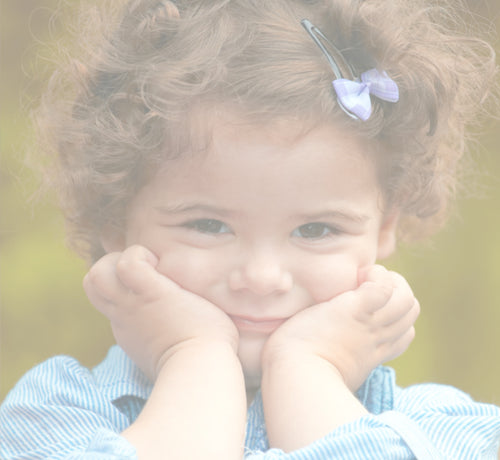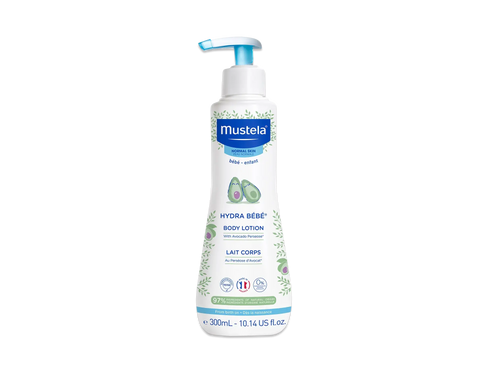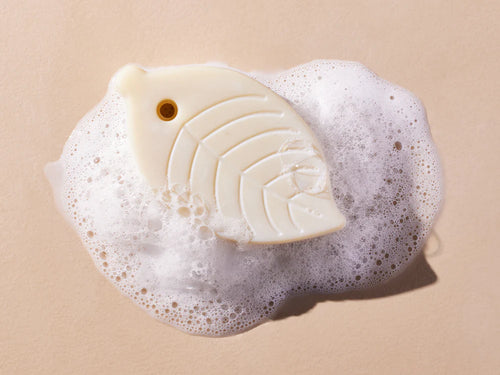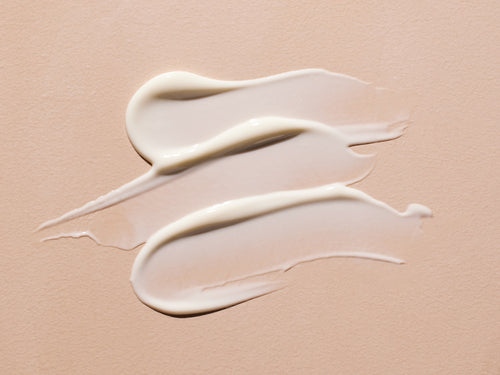Just about every parent or parent-to-be has heard of the terrible twos. As you gaze at the angelic face of your newborn, it might be hard to imagine. But when you’re watching your toddler throw a tantrum, you wonder what happened to your sweet baby!
While it might feel overwhelming to think of what’s to come at this age, we’ll explain the realities and the myths of the terrible twos, discuss what causes this challenging period, and offer some strategies for coping.
Table Of Contents
What Are The Terrible Twos?

“The terrible twos” is the popular term for a phase many children go through at about two years old. At this age, they may become stubborn and defiant, have rapid and unpredictable emotional shifts, and start throwing temper tantrums.
In some cases, the unruly behavior goes beyond merely being surly and disobedient and actually includes violent outbursts. It’s not unknown for children in this phase to hit, kick, or even try to bite, especially with other children.
However, keep in mind that not every child goes through the terrible twos, and not every child acts out in the same way. Each child is unique in their personality and development. But studies show that tantrums occur in at least 75% of children aged 18-60 months.
Now that we’ve briefly defined the terrible twos, let’s clear up some popular misconceptions about this phase.
Myth: The Terrible Twos Are Only For Two-Year-Olds

For many children, the onset of this behavior roughly coincides with their second birthday — thus the name “terrible twos.”
However, because every child’s personality and pace of development are different, you can’t count on your kiddo entering this phase on a precise schedule any more than you can with other developmental milestones, like sitting up, crawling, or walking.
Some children start to exhibit behaviors associated with the terrible twos not long after their first birthday. Others may lull you into a false sense of security by staying sweet and obedient until they’re three!
Even if the terrible twos do start when your little one is two years of age, you can’t expect the phase to magically go away as soon as they hit birthday number three.
Myth: There’s Nothing You Can Do
A lot of what you’ve heard about the terrible twos might leave you with a feeling of powerlessness. After all, the terrible twos are a natural result of your child’s physical and mental development; they aren’t a result of any failure of parenting on your part.
While it might be comforting to know you didn’t do anything wrong, it can also be discouraging to feel like there’s nothing you can do about the terrible twos but grit your teeth and try to ride out the storm.
However, there are strategies you can use to reduce the severity and make this period easier to get through for both you and your little one. Effectively handling the terrible twos starts with understanding why your child is acting this way.
Causes Of The Terrible Twos

When it comes to understanding this stage, experts say it basically comes down to a gap between your child’s desires and their abilities.
At approximately age two, most children are learning a huge amount about themselves and the world around them.
They’re walking and developing motor skills. They’re using words to communicate desires, like hunger, instead of relying on you to guess the meaning of their cries. They’re weaned and have foods they like and dislike.
But they want more!
Your child may be mobile, but their legs are short and their steps are still a little unsteady. And they can form short sentences but can’t fully express the complexity of their needs and desires.
Your little one is growing up fast, but not fast enough to suit them. They may be able to grab things, but literally and figuratively, there’s still a lot that’s out of their reach.
That’s frustrating! And it’s out of this frustration and desire to assert their independence that all of the unpleasant behaviors associated with the terrible twos are born: temper tantrums, defiance, possessiveness, and even aggression.
Managing The Terrible Twos

Now that you understand the psychological and developmental factors behind the terrible twos, let’s look at seven solid strategies for minimizing meltdowns.
Give Your Child Choices
Your little one is at an age when they’re developing their own preferences and yearning for more independence. Trying to create space for them to assert those desires in small ways will mean a lot to them.
Choices like, “Do you want to eat your snack out of the blue bowl or the green one?” may seem meaningless to you, but they can mean a lot to your child. Giving options like this allows them to feel like their voice is being heard.
And the perception of power over small things can cut down on the frustrating phenomenon of them yelling “No!” at everything just to assert their will.
Make Consequences Clear
Being old enough to move around their world, communicate their desires, and do some things on their own means your child is also old enough to understand that there are consequences to their actions.
Taking away a privilege or temporarily denying access to a favorite toy can be quite effective in discouraging unruly behavior if you take a little time to explain what’s happening.
Know The Value of Routine
As much as toddlers may want to discover new things and assert their independence, they also crave predictability and security.
Maintaining a consistent routine — like always applying sunscreen before going to the playground or keeping bathtime and bedtime activities the same each day — can give your child a comforting sense of security and reduce anxiety.
Avoid Fatigue And Hunger
Even adults can get irritable when we haven’t slept well or have had to put off a meal too long. You can’t be surprised if a two-year-old gets cranky when they’re hungry or need a nap.
Stay mindful of how long your child has been awake to make sure they don’t become overtired, and make sure you’re prepared with snacks when you’re out and about. (Don’t think of them as bribes, think of them as refilling your child’s “good behavior” fuel tank!)
Take Temper Tantrums In Stride
Despite your best efforts, sooner or later your kiddo is probably going to have a meltdown.
As frustrating as this may be, nothing good will come of you responding to your child’s out-of-control emotional display by losing control over your own emotions.
Counter your kid’s outbursts with calm. If they see that a tantrum throws you off your game or makes you cave in and give them what they want, they’ll only learn that tantrums work.
Remember what we said about showing that there are consequences for bad behavior. Don’t be afraid to simply drop everything and take your child home in response to a public tantrum. It may be inconvenient, but it’s better in the long run than giving in.
It’s also a good idea to have a small first aid kit on hand with Arnica Gel just in case your child’s tantrums result in any small boo-boos or scratches. It provides moisture to their delicate skin without feeling greasy or sticky — a win for an already cranky toddler!
Be Positive Whenever Possible
The flip side of the coin of not reinforcing bad behavior is to make sure to always reward good behavior. Go out of your way to praise your child and tell them how much you appreciate it when they’re being good.
Although it may not seem like it when they’re being oppositional for no apparent reason, your little one does love you and wants your approval. Praise for being good will help both you and your child from feeling like you only have negative interactions.
Tackling The Not-So-Terrible Twos With Mustela

They may be overblown, but the terrible twos are a real phenomenon. They’re caused by your child wanting to test boundaries and assert their developing sense of self while also getting frustrated by the gap between their desires and abilities.
When you understand the causes of your child’s unruly behavior, you can manage it more effectively. And remember to try soothing and calming skincare products from Mustela during your daily bath- and bedtime routines.
You’ve got this!














